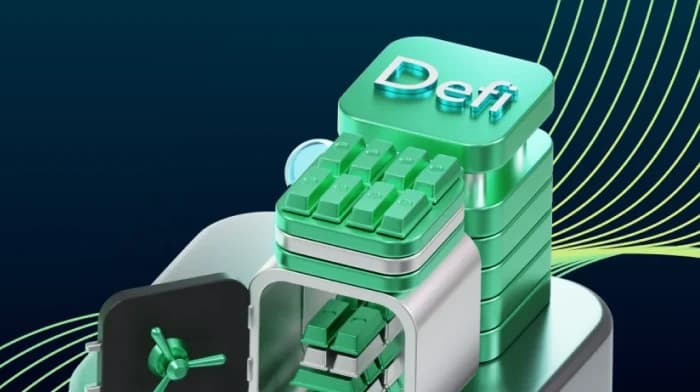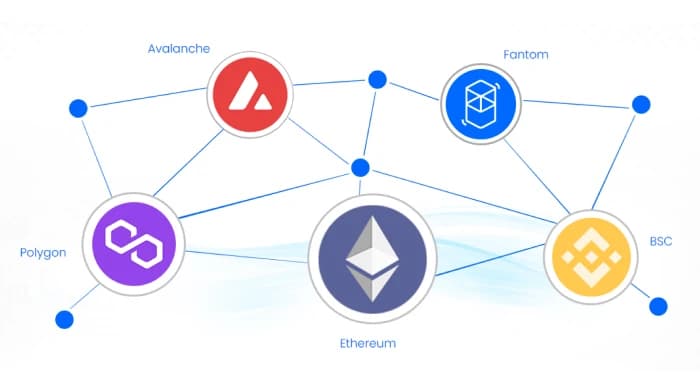Project Overview
Mobile collaboration platforms encounter hurdles in finding the mix between fostering social interaction and maintaining efficient work processes.
Real time communication platforms, like messaging apps and gaming systems rely on management of data synchronization and quick response times.
The adoption of microservices architecture combined with event driven strategies resulted in a 180 percent enhancement in user engagement metrics.
Optimizing costs by implementing auto scaling and edge distribution resulted in a 31 percent reduction in infrastructure expenses all while accommodating an increase in user base.
Current Challenges
Teams today are working in settings that blend collaboration with social interaction needs more than ever before. This has led to a need for platforms that can seamlessly combine these elements.
Traditional business tools may not offer the experiences desired by users; on the other hand social apps catered to consumers may lack the structured workflows needed for efficient operations.
The key hurdle is to develop systems that can facilitate communication, event coordination, content sharing and motivation mechanisms effectively and on a scale.
The integration of functions with productivity tools in first designs brings about added challenges concerning:
- Offline syncing efficiency
- Battery usage optimization
- Network robustness
- Data consistency in managing user engagement without causing information overload
Teams had a time dealing with tools that split social interaction from working together effectively; this caused issues like switching between communication apps and project management systems constantly. Users faced challenges in arranging group activities and keeping community engagement high while trying to drive collaborative efforts without losing momentum.
Performance Improvements
Operational Efficiency
The unified platform has helped streamline operations by consolidating tools into one. This consolidation has reduced strain and boosted task completion rates by 40%.
Event Participation
Improved attendance numbers through enhanced event participation initiatives. By optimizing event organization processes and RSVP management we were able to boost attendance figures by 65%.
Community Retention
The enhancement of community retention was boosted by introducing game elements and social aspects leading to a rise in active user retention from 23 percent to 67 percent.
Real-time Collaboration
Real time teamwork tools have shortened project decision timelines by 45% thanks to feedback loops and organized discussion threads.
Administrative Efficiency
Automating event logistics and content moderation has led to a 60 percent decrease in administrative tasks for community managers resulting in improved fintech solutions operational efficiency gains.
Transform Your Team Collaboration Today
Experience the power of unified mobile collaboration platform designed for modern teams.
Technical Architecture
Microservices Strategy
The system uses a microservices strategy with event based communication patterns to address a variety of needs. Key services involve:
- Managing messages and events flow
- Overseeing content
- Evaluating engagement performance
Each service is tailored to meet specific consistency and speed demands.
Real-time Functions
Real time functions utilize WebSocket connections along with polling methods to guarantee message delivery under varying network conditions while managing event states with CQRS designs to separate social feeds that are read heavy from collaborative workflows that require intensive writing tasks.
Core Services
Platform Services Overview
| Service Type | Technology | Primary Function |
|---|---|---|
| Real-time Messaging | WebSocket connections | Instant messaging and delivery confirmation |
| Content Management | CDN Integration | Media upload/download and content delivery |
| Engagement Service | Gamification APIs | Achievement tracking and leaderboard calculation |
| Database Layer | PostgreSQL clusters | Data storage with replicas |
Implementation Approach
The project advanced in stages beginning with establishing the messaging framework and gradually adding event coordination and gamification elements on top of it. Each service was implemented separately in environments using containerization techniques and green deployment tactics with blockchain consulting guidance.
Risk Reduction
Providing optimization for maintaining performance and preventing degradation by utilizing database connection pooling and optimizing queries.
Results and Metrics
User Growth
The platform made advancements in user interaction and system efficiency metrics while enhancing performance too. Real time collaboration tools minimized coordination efforts and the incorporation of gamification boosted community involvement.
Key Performance Metrics
| Metric | Before | After | Improvement |
|---|---|---|---|
| User Base | 12,000 | 34,000 | 183% growth |
| Event Creation Success Rate | 87% | 96% | 8 percentage points |
| Daily Session Length | Base | Enhanced | 140% increase |
| Collaboration Tool Adoption | Base | Enhanced | 80% adoption rate |
System Reliability
The systems reliability has surpassed the SLAs achieving a 99.95% uptime. The mean time to recover for service failures has been cut down to less than 12 minutes. Achieving cost optimization through auto scaling policies and efficient resource utilization has paved the way for growth paths with regular security audits.
Mobile Battery Efficiency
Ensuring mobile battery efficiency was crucial for attracting users to the platform as incorporating notification grouping and background synchronization planning led to a 35 percent decrease in battery consumption while still ensuring responsiveness for important messages.
Lessons Learned
Event Sourcing Complexity
In the beginning phase of development complexity arose from using event sourcing for every state modification which led complications in CRUD actions; eventually the strategy was refined by selectively applying it specifically for high priority audit trails and real time synchronization cases yielding better results in overall effectiveness.
Mobile Offline Management
Mobile Offline Management involved designing user experiences that carefully handled conflicts arising from edits ensuring text based collaboration through operational transforms and prioritizing the latest edit for simple state changes resulting in a balanced user experience approach.
Gamification Strategy
The initial implementations of gamification placed focus on competitiveness which resulted in user burnout; transitioning towards collaborative accomplishments and team oriented scoring systems has shown to enhance sustained user interest over time.
Notification Overload: Initially the aggressive push notification tactics led to user interaction but resulted in a rise in opt out rates among users. Eventually by introducing user controlled preferences and smarter frequency limits the retention metrics saw enhancements.
Database Scaling
Scaling databases involved utilizing read replicas for social feed inquiries. Implementing write partitioning for high frequency tasks like managing messages and reactions to prevent slowdowns during times of peak activity.
Monitoring and Observability
Observation of investments having a view from the start allowed for detection and resolution of problems encountered along the way. Developed customized metric dashboards focusing on performance indicators offered insights for product advancement.
Technology Stack
The system uses a combination of:
- Prometheus and Grafana for monitoring purposes
- Jaeger for enhanced observability
- Jenkins with Docker containers for CI/CD pipeline
- Automated testing frameworks for quality assurance
User interaction measurements indicated enhancements with a 140 percent rise in daily session length and over 80 percent adoption rates for collaboration tools. Attendance at events saw an increase as a result of coordination processes and timely notification dispatches.
Project Results
- 180% enhancement in user engagement metrics
- 31% reduction in infrastructure expenses
- 40% boost in task completion rates
- 65% increase in event attendance
- 99.95% system uptime achieved
Key Performance Metrics
User Engagement
Enhancement in engagement
Cost Reduction
Infrastructure expenses
Task Completion
Completion rate boost
System Uptime
Reliability achieved


